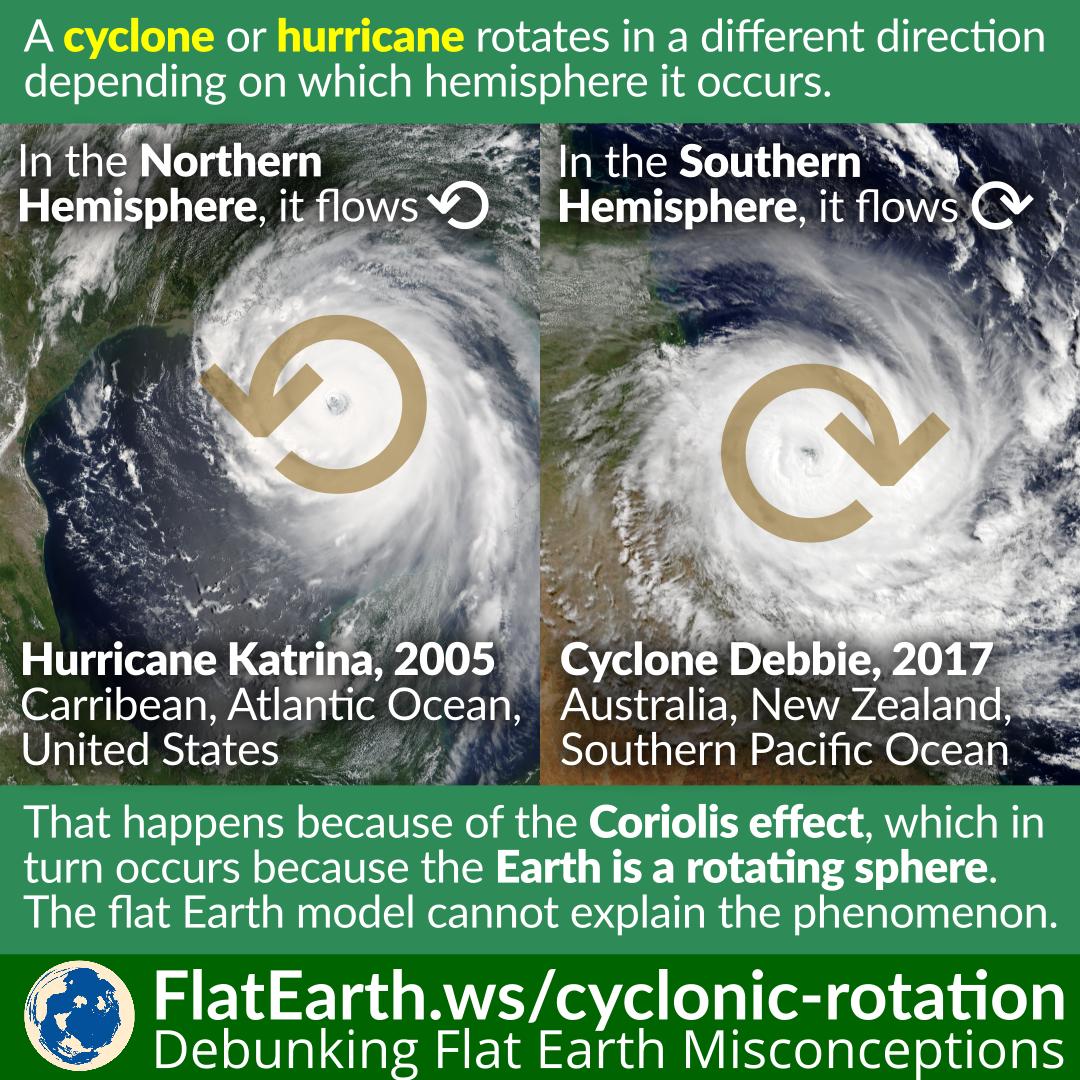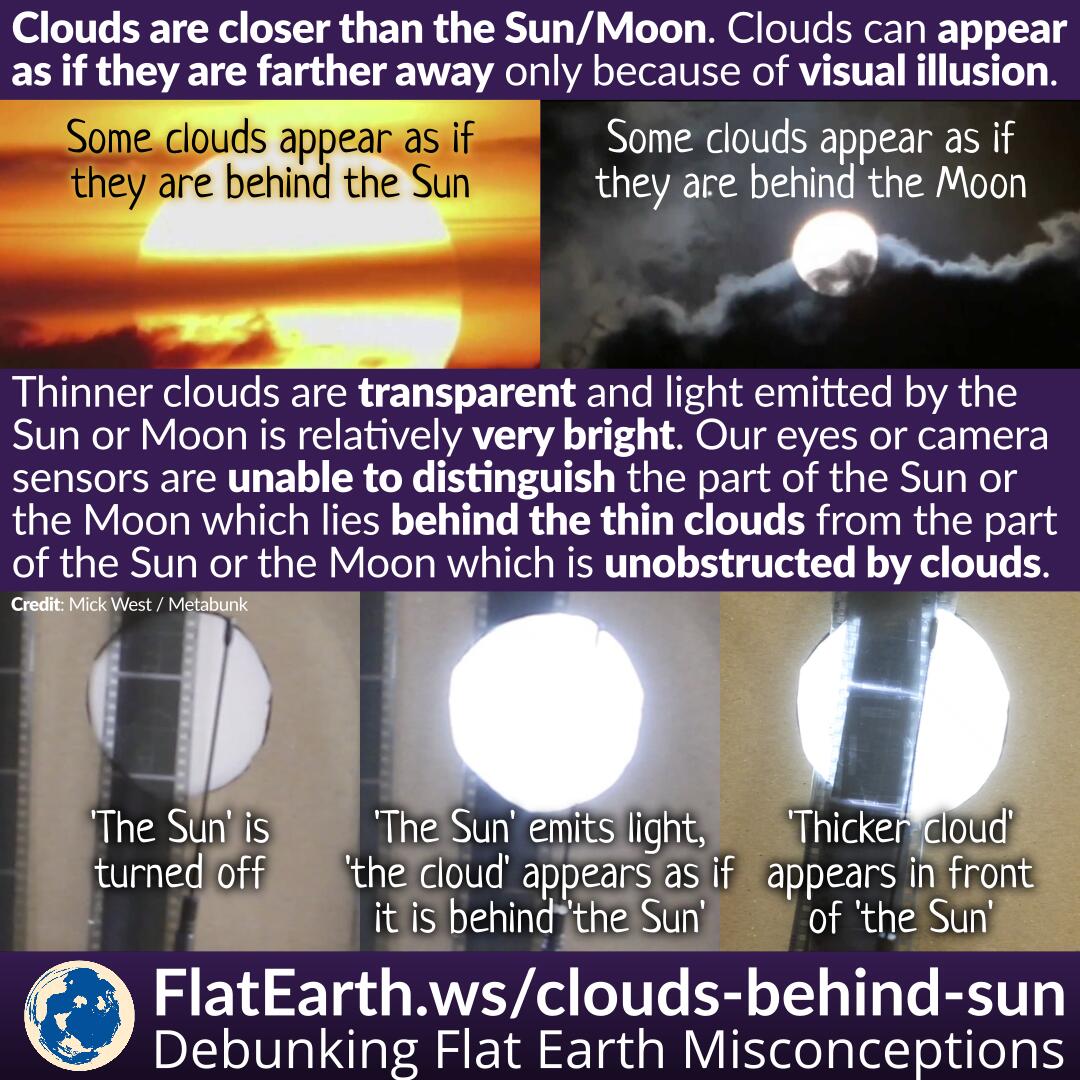A cyclone or hurricane rotates in a different direction depending on which hemisphere it occurs. A cyclone rotates counterclockwise in the Northern Hemisphere, and clockwise in the Southern Hemisphere.
The phenomenon happens because of the Coriolis effect, which in turn occurs because the Earth is spherical and rotating.
Continue reading “Cyclonic Rotation: The Direction a Cyclone or Hurricane Rotates”






